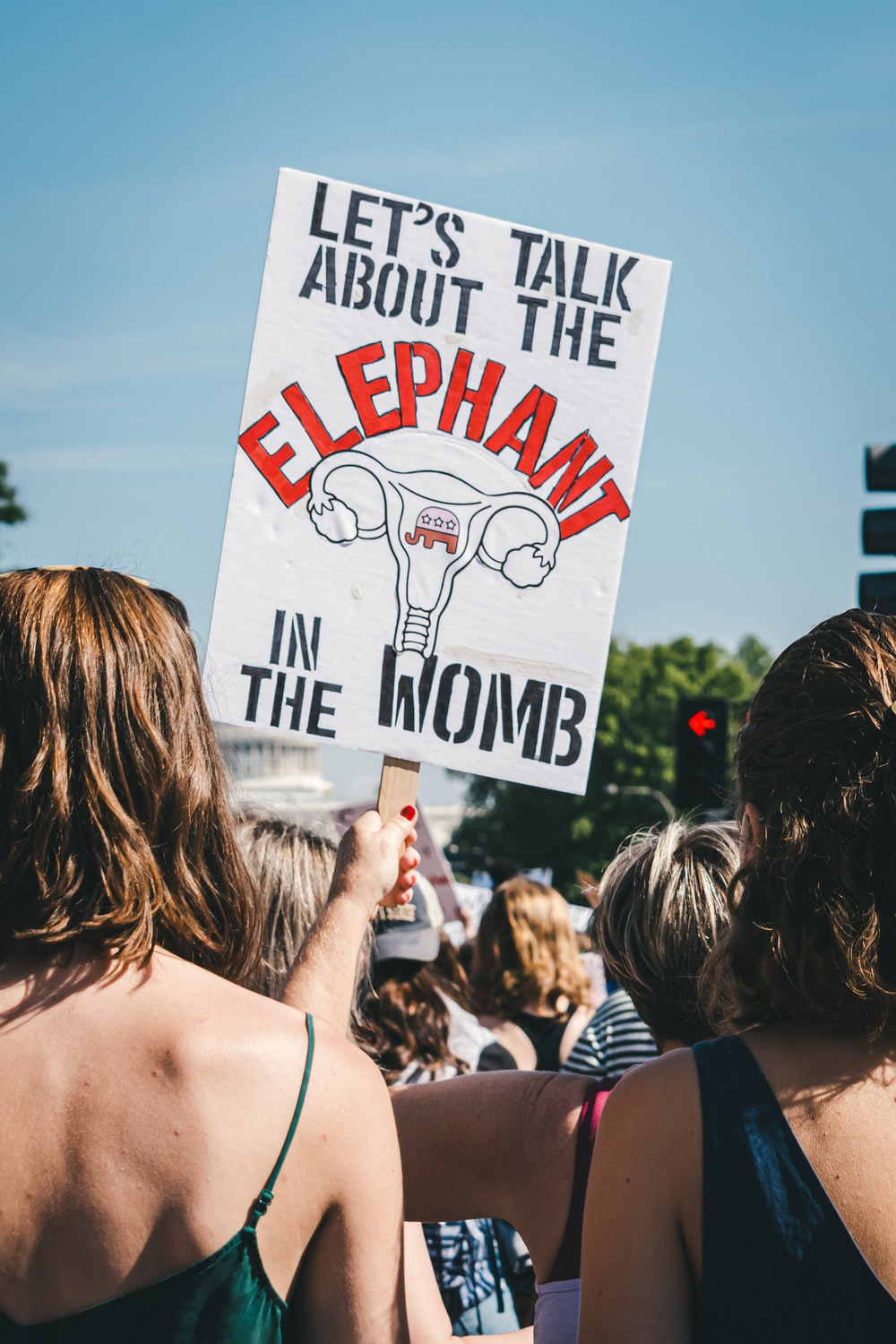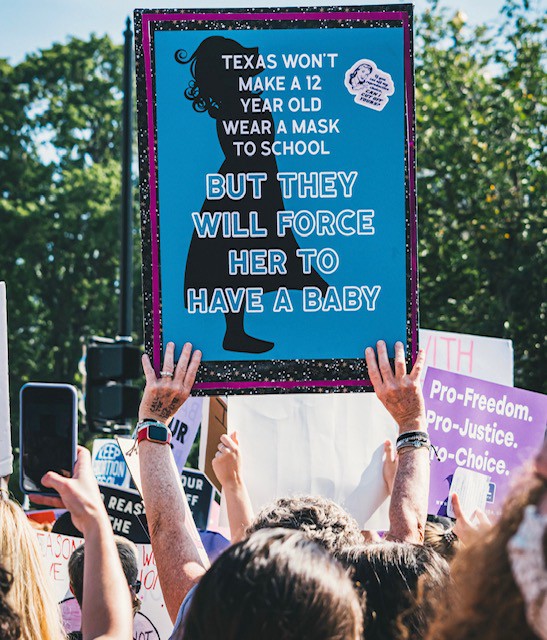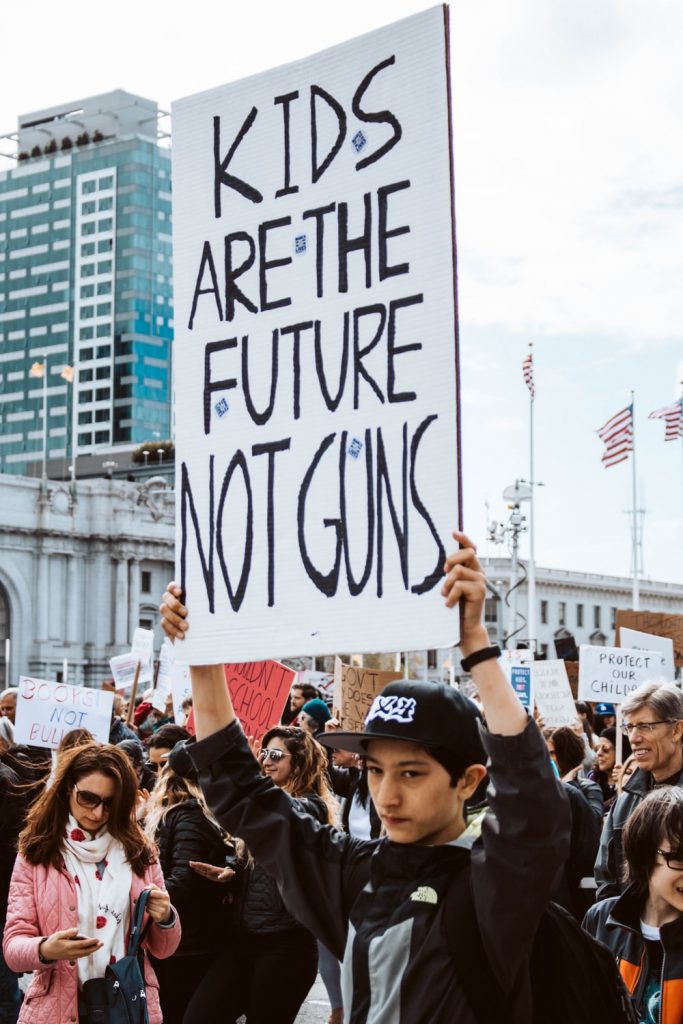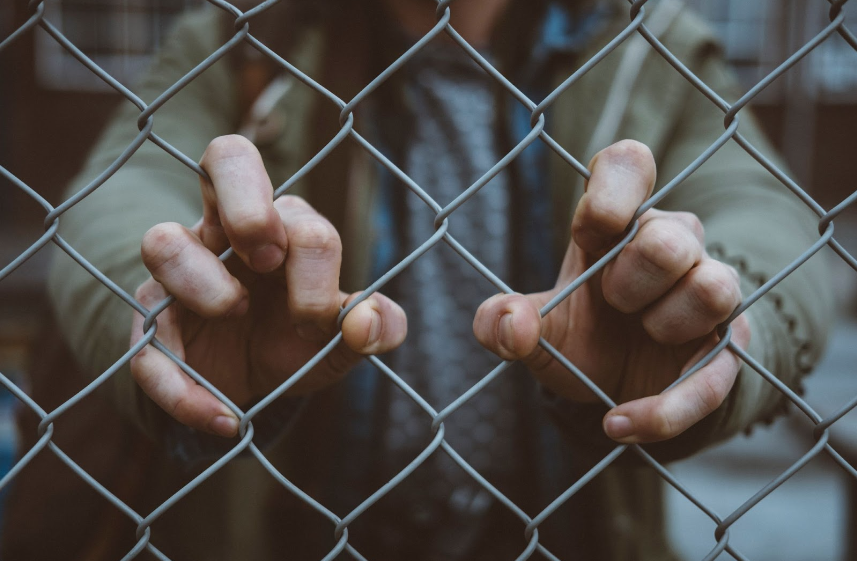Dystopiating America
For a country that presents itself as the vanguard of liberty, America with its retrogressive bylaws serves an irony. Even with its herculean economy and militant omnipresence or maybe due to it, America finds it hard to stay afloat in a pool of progressive nations. In the past few months, the following have presented themselves as some of the major problems dragging America:
Legality of Abortion
On June 24, 2022, SCOTUS overturned the 50-year-old Roe v. Wade act that guaranteed women’s right to abortion, by a ruling of 5-4. Upheld by a 6-3 conservative majority, with Chief Justice John Roberts expressing that he would not have removed the Roe precedent altogether, abortion laws and their implementation have now been passed down to individual states.
Immediately after the decision, 13 states activated the trigger laws, banning or scheduling to ban abortions. While some states haven’t finalized the decision, a total of 26 states seem likely to ban it. After the announcement, Americans got polarized into groups of “pro-choice”, people protesting SCOTUS’ decision, and “pro-life”, people celebrating it.

P.C. Gayatri Malhotra
Fetal viability, a fetus’ ability to survive outside the womb, is seen as the point where the rights of an unborn fetus are separated from its mother. Roe considered this time to be around 28 weeks. While new studies decrease the time frame to 22 weeks, some states such as Texas plan on limiting abortion’s legal time frame to just 6 weeks. Other conservative Republican states such as Louisiana and Kentucky have already considered abortion to be illegal throughout the term of pregnancy.
The consequence of overturning Roe v Wade became visible just three days after the decision as a 10-year-old rape victim had to travel to Indiana from Ohio for abortion procedures. She was six-and-a-half weeks pregnant at the time. Although there are exceptions for rape and incest victims to seek abortion legally even after the six-week time limit, the added procedures of police reports and lack of proper knowledge add complexity to the situation.

P.C. Gayatri Malhotra
Mass Shootings
The scale of mass shootings is much larger than what the media portrays it to be in the United States. In the first half of 2022 alone there have been more than 250 mass shootings in the US. It’s only when the shootings get unavoidably macabre, the most recent being the Texas school mass shooting, that news agencies, and the general public raise their voices against them. Unregulated gun protocols and the ensuing ease of access let enraged and unstable people eject their rampage on innocent lives.

P.C . Natalie Chaney
Immigration
Despite stringent regulations imposed, immigration still deems itself as one of the most demanding problems in America. A tractor-trailer carrying immigrants illegally from Mexico met a devastating mishap as 53 people parched into a sweltering death on 27th June 2022. Four people with charges of alleged smuggling have been arrested. Neither Trump’s wall nor Biden’s open border policies have been able to encompass the demanding problem of immigration. Rather than stopping immigrants, the Trump wall has become a source of accidents as more than 200 immigrants have gotten injured from jumping off the wall in 2021-2022. Although Biden immediately stopped the construction of Trump’s wall altogether, he still hasn’t found a viable solution. The number of immigrants trying to cross illegally to America is more than 100,000 a month. Presenting and imposing radically opposite decisions by Democrats and Republicans, immigration is one of the most polarizing topics in America.

P.C. Mitchel Lensink
Conclusion
While the majority of Americans seem to prefer stricter gun laws and legal abortion, the discrepancy seems to stem from a conservative group of people in policy-making positions (Congress, SCOTUS) adamant at their decisions. Background checks on guns and medically relevant time frames for legal abortion should be set. The solution to immigration isn’t a simple one in that it shall require efforts from its neighboring countries, mostly Mexico and Central American countries. Although a sudden bipartisan agreement on immigration seems unlikely, each side must budge a little towards an optimal regulation.
